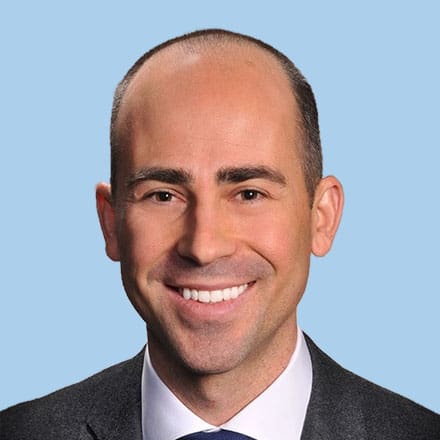Inside Angle
From 3M Health Information Systems
Disrupt the status quo, not health workers
The central mission of many health start-ups is explicit: to “disrupt” the status quo in the U.S. health care system. But when disruptions hijack the attention of health workers, it is costly and detrimental to patient care.
The time and attention of highly trained health workers are both finite and valuable resources that our health system must more thoughtfully leverage in the pursuit of better quality and efficiency.
New York Times opinion writer Charlie Warzel raises just what is at stake when we fail to recognize the limits of our attention. For many health workers, the concept of attention as “currency” and one that is a “finite substrate” will likely strike a nerve in a profound way. “When you pay attention to one thing, you ignore something else,” says Warzel. This has implications for patient outcomes, health worker burnout, and overall system performance and efficiency.
Thus, cyberculture expert Howard Rheingold advises in his book “Net Smart: How to Thrive Online,” that we should “pay attention to the way [we] pay attention.” That guidance could not be more critical in health care.
The case for an “ecology of attention” in the design of more responsive health care practice is compelling. Distracted health workers affect patients, payers, and the providers themselves, as interruptions lead to higher workload, stress, and frustration, along with long-term changes in work rhythms, strategies, and mental states.
The multiple layers of damage done by task switching cannot be overstated. When deep into charting the critical details of a patient’s history, entering the investigations prompted by the office visit, or documenting the treatment plan for both patient-facing and internal purposes, any disruption in the physician’s thought process can lead to lapses in judgment, impaired memory, bias, and errors. These interruptions also delay the completion of that one chart, which, when added on top of several similar occurrences throughout the day, lengthens the physician’s workday.
Inefficiency grates on the physician pulled in many different directions, leaving them feeling increasingly like they lack the time to care for the patient in front of them. The fallout from this lost time—a forgotten laboratory order or a mistakenly entered prescription name—can hurt patients and propagate physician burnout. And it is certainly more costly to patients and those that pay for their care. While it is difficult to quantify these end results, the etiologies of cognitive intrusions ought to serve as upstream targets for intervention.
One such target is the electronic health record (EHR). These systems are expected to simultaneously capture billing-related information, document clinical histories, and record events in case of liability concerns. The mounting stack of alerts offered by many EHRs (every single one of them somehow deserving of the red exclamation point) have numbed many providers to the point of simply ignoring them. The well-intentioned alert has evolved into an effectively invisible on-screen nuisance. The timing, quality, and sheer number of EHR notifications are all ripe for full-scale reform.
Harnessing critical physician attention requires thoughtful physical workspace design as well. Fortunately the open-plan office space has fallen out of favor. Its marketable strength—increased collaboration—never neatly supported outpatient health care operations. The open plan encourages social chatter and ill-timed questions, peppering in distractions throughout the workday.
The creation and deployment of electronic or digital health tools and the design of health care office layouts both highlight the importance of thoughtful staffing, employment of asynchronous communications tools, and analysis of existing operations. “Every system is perfectly designed to get the results it gets,” said Paul Batalden, Senior Fellow at the Institute for Healthcare Improvement. The difficulty is identifying how all of these modalities interact with human health workers within a system to facilitate care for the patient.
A physician’s or a nurse’s attention must be apportioned with its rightful value and prioritized during quality improvement initiatives. We must work to identify and eliminate any interactions that demand poorly timed task switching and reassign these interactions to fit more seamlessly into the workday.
Health workers of all cadres must be more intentional about protecting their attention. That starts with demanding efficiencies in systems and support to ensure they are focused on leveraging their training to serve patients in the most effective way possible. The work continues with the digital health products actively involving frontline health workers in their creation and deployment. And it ends with health care leaders and payers recognizing how much of an impact disturbed or fragmented attention has on quality and cost.
Operational leaders in health care and digital health disruptors would best serve patients by crafting interventions that intentionally prioritize the attention of health workers.
Dr. Travis Bias is a Family Medicine physician and clinical transformation consultant with 3M Health Information Systems.


